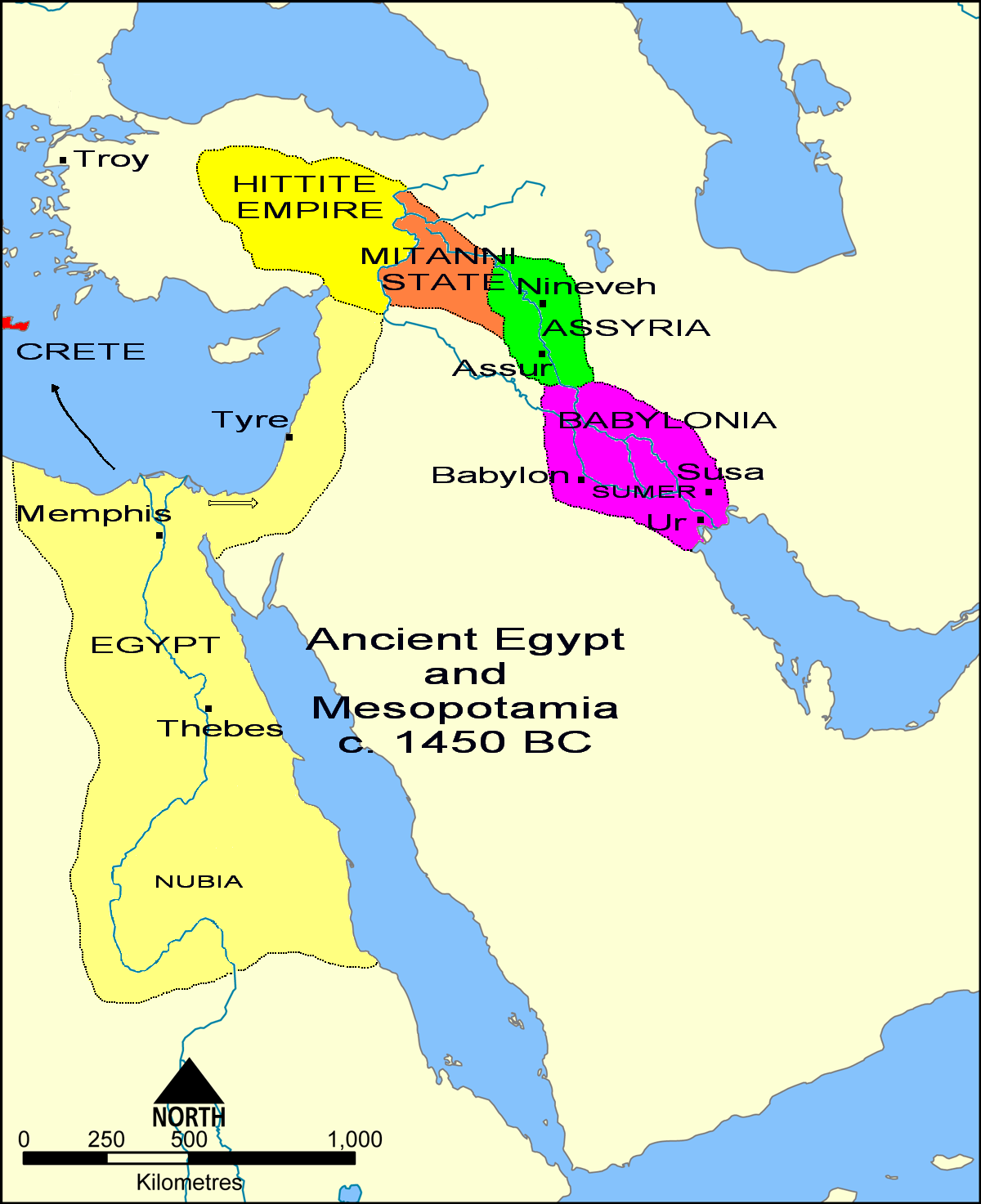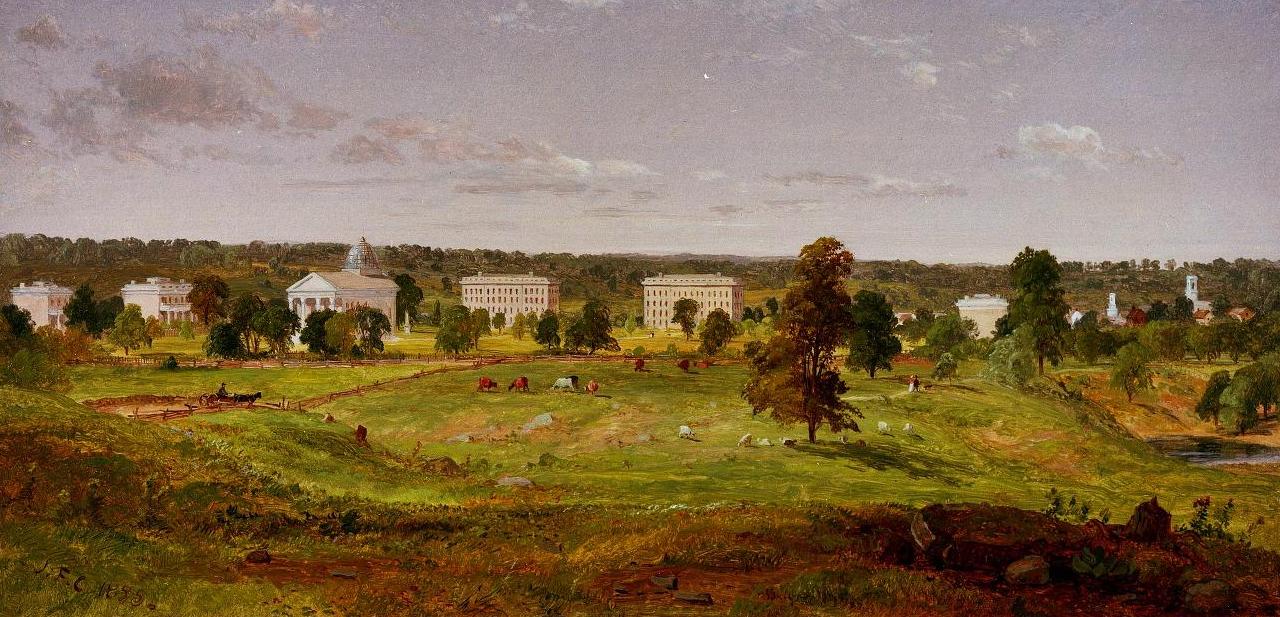|
Marcus Sempronius Liberalis
Marcus Sempronius Liberalis was a Roman '' eques'' who held a number of appointments during the reign of the Emperor Marcus Aurelius. He is known from military diplomas and non-literary papyrus. Liberalis was born in Acholla, located in what is Tunisia. His relationship to other members of the Sempronii is unknown. His first attested appointment was his commission as commander of the ala I Gallorum Tauriana victrix in 129/130, which at the time was stationed in Mauretania Tingitana; this may have been a step in his ''tres militiae''. His next known appointment was as ''praefectus'' or governor of Rhaetia from at least 30 October 139 to at least as late as November or December 140. His last known appointment was one of the most senior posts of an equestrian career, ''praefectus'' or governor of Roman Egypt from 154 to 159. It was important because Egypt provided a large share of the grain needed to feed Rome. Not only did the governor have command of the troops stationed there -- ... [...More Info...] [...Related Items...] OR: [Wikipedia] [Google] [Baidu] |
Roman Empire
The Roman Empire ( la, Imperium Romanum ; grc-gre, Βασιλεία τῶν Ῥωμαίων, Basileía tôn Rhōmaíōn) was the post- Republican period of ancient Rome. As a polity, it included large territorial holdings around the Mediterranean Sea in Europe, North Africa, and Western Asia, and was ruled by emperors. From the accession of Caesar Augustus as the first Roman emperor to the military anarchy of the 3rd century, it was a Principate with Italia as the metropole of its provinces and the city of Rome as its sole capital. The Empire was later ruled by multiple emperors who shared control over the Western Roman Empire and the Eastern Roman Empire. The city of Rome remained the nominal capital of both parts until AD 476 when the imperial insignia were sent to Constantinople following the capture of the Western capital of Ravenna by the Germanic barbarians. The adoption of Christianity as the state church of the Roman Empire in AD 380 and the fall of th ... [...More Info...] [...Related Items...] OR: [Wikipedia] [Google] [Baidu] |
Guido Bastianini
Guido Bastianini (born September 10, 1945 in Florence), Italian papyrologist and palaeographer. Bastianini finished his papyrological studies in Florence 1970. He had participated in various archaeological missions in Egypt organized by the Istituto Papirologico "G. Vitelli" and the Egyptian Museum The Museum of Egyptian Antiquities, known commonly as the Egyptian Museum or the Cairo Museum, in Cairo, Egypt, is home to an extensive collection of ancient Egyptian antiquities. It has 120,000 items, with a representative amount on display ... in Cairo (March–April 1969, September–October 1972, April 1973), both on the excavation of Antinoe (September–October 1973, December 1974 - January 1975). In 1999 he became director of Istituto Papirologico "G. Vitelli" in Florence. From 2001 to 2007 was president of the Italian Institute for the Egyptian civilization. [...More Info...] [...Related Items...] OR: [Wikipedia] [Google] [Baidu] |
Roman Governors Of Raetia
Roman or Romans most often refers to: * Rome, the capital city of Italy * Ancient Rome, Roman civilization from 8th century BC to 5th century AD *Roman people, the people of ancient Rome *''Epistle to the Romans'', shortened to ''Romans'', a letter in the New Testament of the Christian Bible Roman or Romans may also refer to: Arts and entertainment Music *Romans (band), a Japanese pop group * ''Roman'' (album), by Sound Horizon, 2006 * ''Roman'' (EP), by Teen Top, 2011 *"Roman (My Dear Boy)", a 2004 single by Morning Musume Film and television *Film Roman, an American animation studio * ''Roman'' (film), a 2006 American suspense-horror film * ''Romans'' (2013 film), an Indian Malayalam comedy film * ''Romans'' (2017 film), a British drama film * ''The Romans'' (''Doctor Who''), a serial in British TV series People * Roman (given name), a given name, including a list of people and fictional characters * Roman (surname), including a list of people named Roman or Romans *Ῥωμ� ... [...More Info...] [...Related Items...] OR: [Wikipedia] [Google] [Baidu] |
Ancient Roman Equites
Ancient history is a time period from the beginning of writing and recorded human history to as far as late antiquity. The span of recorded history is roughly 5,000 years, beginning with the Sumerian cuneiform script. Ancient history covers all continents inhabited by humans in the period 3000 BCAD 500. The three-age system periodizes ancient history into the Stone Age, the Bronze Age, and the Iron Age, with recorded history generally considered to begin with the Bronze Age. The start and end of the three ages varies between world regions. In many regions the Bronze Age is generally considered to begin a few centuries prior to 3000 BC, while the end of the Iron Age varies from the early first millennium BC in some regions to the late first millennium AD in others. During the time period of ancient history, the world population was already exponentially increasing due to the Neolithic Revolution, which was in full progress. While in 10,000 BC, the world population stood ... [...More Info...] [...Related Items...] OR: [Wikipedia] [Google] [Baidu] |
Titus Furius Victorinus
Titus Furius Victorinus (died 168 AD) was a Roman ''eques'' who held a number of appointments during the reigns of the Emperors Antoninus Pius and Marcus Aurelius. The most prominent of these offices were ''praefectus vigilum'', '' praefectus'' or governor of Roman Egypt, and praetorian prefect. Early career The career of Furius Victorinus is known from an inscription found at Rome, which also informs us that the ''praenomen'' of his father was Lucius, and that he was a member of the tribe Palatina. His first appointments was a commission as military tribune or commander of the cohort I Augusta Bracarum which was stationed at the time in Roman Britain. This was followed by another commission as military tribune, this time with '' Legio II Adiutrix'', at the time stationed at Aquincum (modern Budapest). A third commission, this time as ''praefectus'' or commander of ala Frontoniana which was stationed in Dacia. These were the usual commissions that comprise the equestrian '' t ... [...More Info...] [...Related Items...] OR: [Wikipedia] [Google] [Baidu] |
List Of Governors Of Roman Egypt
During the Roman Empire, the governor of Roman Egypt ''(praefectus Aegypti)'' was a prefect who administered the Roman province of Egypt with the delegated authority ''(imperium)'' of the emperor. Egypt was established as a Roman province in consequence of the Battle of Actium, where Cleopatra as the last independent ruler of Egypt and her Roman ally Mark Antony were defeated by Octavian, the adopted heir of the assassinated Roman dictator Julius Caesar. Octavian then rose to supreme power with the title Augustus, ending the era of the Roman Republic and installing himself as ''princeps'', the so-called "leading citizen" of Rome who in fact acted as an autocratic ruler. Although senators continued to serve as governors of most other provinces (the senatorial provinces), especially those annexed under the Republic, the role of Egypt during the civil war with Antony and its strategic and economic importance prompted Augustus to ensure that no rival could secure ''Aegyptus'' as an ... [...More Info...] [...Related Items...] OR: [Wikipedia] [Google] [Baidu] |
Lucius Munatius Felix
Lucius Munatius Felix was a Roman ''eques'' who held a number of appointments during the reign of the Emperor Antoninus Pius, most notably '' praefectus'' or governor of Roman Egypt (149-154). Eric Birley suggests that Felix had his origins in Africa. It is unknown how he is related to other Munatii. About his career, although it can be assumed Felix passed through the '' tres militiae'', the only office attested for him is his tenure as governor of Egypt, an important post because Egypt provided a large share of the grain needed to feed Rome. The duties of the ''praefectus'' extended beyond ensuring that this was furnished so the inhabitants of the city were fed. He command of the troops stationed there: during years Felix was responsible for the province, two legions were based there, Legio III Cyrenaica and Legio XXII Deiotariana. He also managed the financial and judicial affairs of the province. Records of his decisions have survived. One is a record of a hearing, dated ... [...More Info...] [...Related Items...] OR: [Wikipedia] [Google] [Baidu] |
University Of Michigan
, mottoeng = "Arts, Knowledge, Truth" , former_names = Catholepistemiad, or University of Michigania (1817–1821) , budget = $10.3 billion (2021) , endowment = $17 billion (2021)As of October 25, 2021. , president = Santa Ono , provost = Laurie McCauley , established = , type = Public research university , academic_affiliations = , students = 48,090 (2021) , undergrad = 31,329 (2021) , postgrad = 16,578 (2021) , administrative_staff = 18,986 (2014) , faculty = 6,771 (2014) , city = Ann Arbor , state = Michigan , country = United States , coor = , campus = Midsize City, Total: , including arboretum , colors = Maize & Blue , nickname = Wolverines , sp ... [...More Info...] [...Related Items...] OR: [Wikipedia] [Google] [Baidu] |
Legio XXII Deiotariana
Legio XXII Deiotariana ("Deiotarus' Twenty-Second Legion") was a legion of the Imperial Roman army, founded ca. 48 BC and disbanded during the Bar Kokhba revolt of 132–136. Its cognomen comes from Deiotarus, a Celtic king of Galatia. Its emblem is unknown. Legion history Origin of the legion The legion was levied by Deiotarus, king of the Celtic tribe of the Tolistobogii, who lived in Galatia, modern Turkey. Deiotarus became an ally of the Roman Republic's general Pompey in 63 BC, who named him king of all the Celtic tribes of Asia minor, which were collectively known as ''Galatians'' (hence the name Galatia for the region). Deiotarus levied an army and trained it with Roman help; the army, in 48 BC, was composed of 12,000 infantrymen and 2,000 horsemen. Cicero writes that the army was divided into thirty cohortes, which were roughly equivalent to three Roman legions of the time. This army supported the Romans in their wars against king Mithridates VI of Pontus, and c ... [...More Info...] [...Related Items...] OR: [Wikipedia] [Google] [Baidu] |
Legio III Cyrenaica
Legio III Cyrenaica, ( Third Legion " Cyrenean") was a legion of the Imperial Roman army. The legion had its origins among the forces of Mark Antony during the civil wars of late first century BC. In the Imperial period it was stationed in Egypt, where it played a key role in campaigns against the Nubians and Jews. In the first century AD, it was usually located in Arabia Petraea. There are still records of the legion in Syria at the beginning of the 5th century. The legion symbol is unknown. History Origins and service in Egypt The origins of the legion are unclear, but it is first attested as part of Mark Antony's forces during the period of the Second Triumvirate (43-33 BC). Cyrenaica was under the control of Marcus Aemilius Lepidus before 36 BC and of Mark Antony after that date; either of them might have established the Legio III. Pollard and Berry suggest that the legion was established by Lucius Pinarius Scarpus, an ally of Mark Antony who was his governor of Cyre ... [...More Info...] [...Related Items...] OR: [Wikipedia] [Google] [Baidu] |


